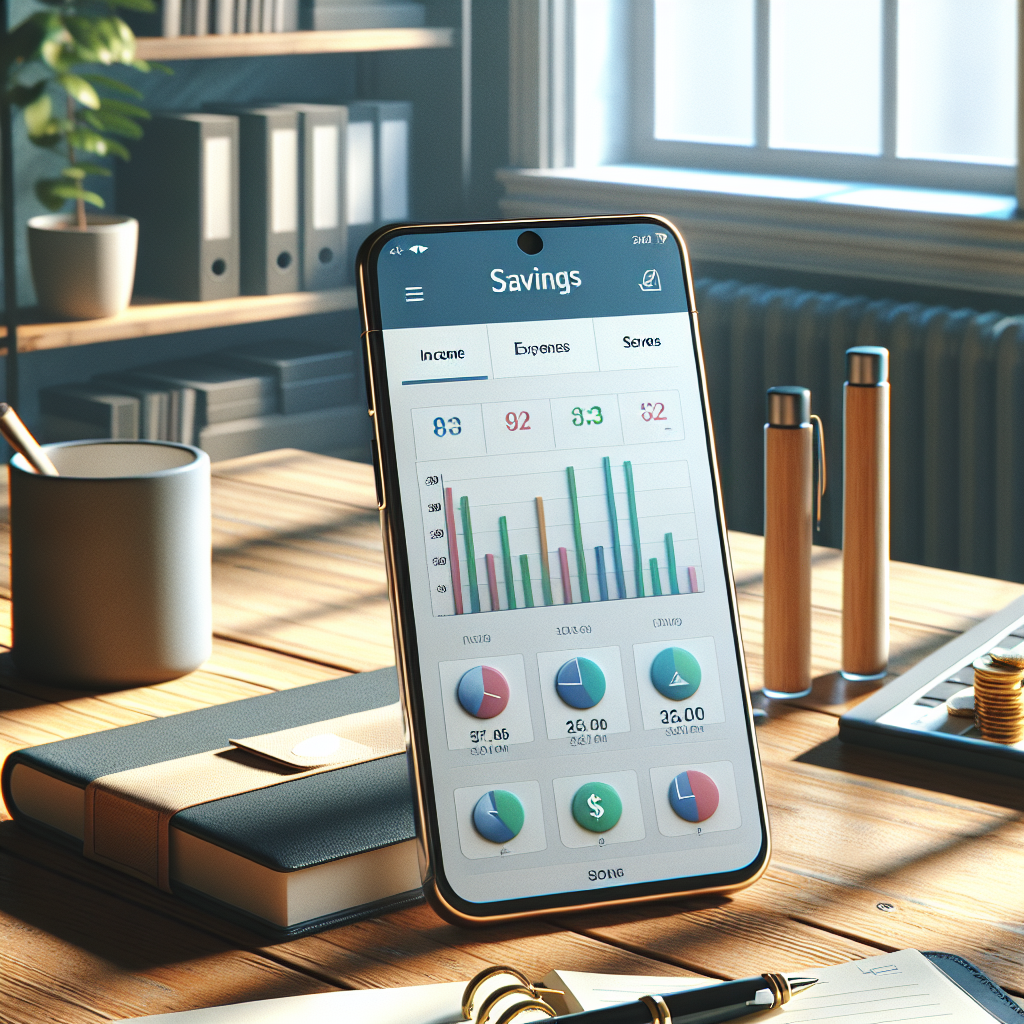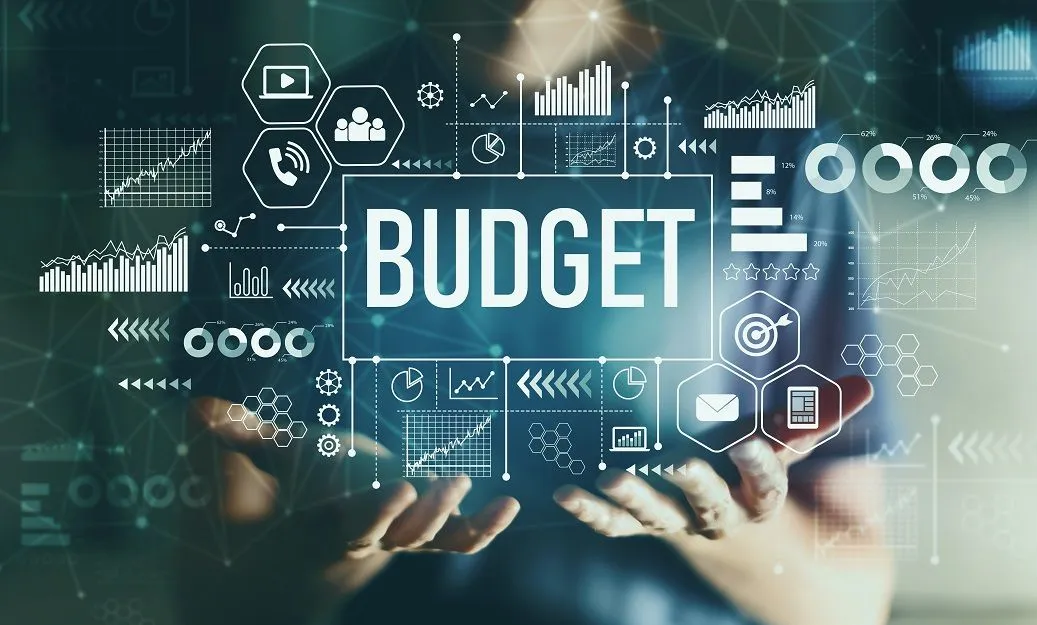Savings trackers have revolutionized the way we manage our finances. In today’s fast-paced world, having a *reliable* and *efficient* tool to monitor your savings is essential. A savings tracker helps you keep an eye on your income, expenses, and savings goals, allowing you to make informed financial decisions. These tools are designed to simplify complex financial data, making it accessible and understandable for everyone.
By using a savings tracker, you can easily set *specific savings goals* and track your progress towards achieving them. Whether you’re saving for a vacation, a new gadget, or an emergency fund, a savings tracker provides a clear picture of your financial journey. Additionally, these tools often come with features like automated expense categorization, real-time updates, and personalized financial tips, making the whole process seamless.
The benefits of a savings tracker extend beyond just tracking your savings. They help you develop better financial habits, identify unnecessary expenses, and optimize your budget. This holistic approach to financial management ensures that you are not only saving more but also spending wisely.
Ready to take control of your finances and experience effortless savings? Download Vala today and start managing your budget with ease!
Benefits Of Using A Savings Tracker

Using a savings tracker offers numerous benefits that can significantly enhance your financial well-being. One of the most notable advantages is the ability to create and maintain a *structured budget*. A savings tracker allows you to categorize your expenses, set limits for each category, and monitor your spending habits. This not only helps you avoid overspending but also ensures that you allocate funds towards your savings goals effectively.
Another key benefit is the *transparency* it brings to your financial life. With a savings tracker, all your financial data is in one place, providing you with a comprehensive overview of your income, expenses, and savings. This transparency makes it easier to spot any discrepancies, track your financial progress, and make informed decisions.
Savings trackers also offer *real-time updates*, which are crucial for staying on top of your finances. By receiving instant notifications about your spending and savings, you can make timely adjustments to your budget, ensuring that you stay within your financial limits. Additionally, many savings trackers come with *personalized tips and insights*, helping you identify areas where you can save more and spend less.
Moreover, a savings tracker can be a powerful motivator. Seeing your progress towards your savings goals can encourage you to stick to your budget and continue making smart financial choices. This sense of accomplishment can further reinforce positive financial habits and help you achieve long-term financial stability.
In summary, the benefits of using a savings tracker are manifold. From creating a structured budget and providing financial transparency to offering real-time updates and personalized insights, a savings tracker is an indispensable tool for anyone looking to improve their financial health.
Features Of An Effective Savings Tracker

An effective savings tracker comes equipped with a variety of features designed to streamline your financial management. One of the most essential features is *automatic expense categorization*. This functionality sorts your transactions into predefined categories such as groceries, utilities, and entertainment, saving you time and ensuring accurate tracking.
Another crucial feature is *goal setting and tracking*. An effective savings tracker allows you to set specific financial goals, such as saving for a vacation or building an emergency fund. You can then monitor your progress towards these goals, receiving updates and reminders to keep you on track.
*Customizable budgeting tools* are also a hallmark of a good savings tracker. These tools enable you to create a budget that aligns with your unique financial situation and preferences. You can adjust spending limits, allocate funds to different categories, and modify your budget as needed, ensuring it remains relevant and effective.
*Real-time synchronization* is another key feature to look for. This ensures that your financial data is always up-to-date, regardless of whether you’re accessing it from your smartphone, tablet, or computer. Real-time synchronization allows you to make informed decisions based on the most current information available.
Additionally, an advanced savings tracker should offer *insights and analytics*. These features analyze your spending patterns and provide personalized recommendations to help you save more effectively. For example, the tracker might suggest ways to cut down on discretionary spending or highlight areas where you consistently overspend.
Finally, *security and privacy* are paramount when choosing a savings tracker. Look for one that uses robust encryption methods and follows industry standards to protect your financial data. This ensures that your sensitive information remains secure and confidential.
Overall, the features of an effective savings tracker are designed to provide you with a comprehensive, user-friendly experience that simplifies financial management and helps you achieve your savings goals.
How To Set Up Your Savings Tracker
Setting up your savings tracker is a straightforward process that can have a significant impact on your financial well-being. Begin by *choosing the right platform* that aligns with your needs. Look for a savings tracker with a user-friendly interface, comprehensive features, and robust security measures.
Once you’ve selected your savings tracker, the next step is to *create an account*. This typically involves providing some basic information such as your name, email address, and a secure password. Ensure that your password is strong and unique to protect your account from unauthorized access.
After setting up your account, you’ll need to *link your financial accounts* to the savings tracker. This includes your bank accounts, credit cards, and any other accounts where you regularly spend or save money. Linking these accounts allows the tracker to automatically import your transactions, making it easier to manage and categorize your expenses.
Next, *customize your budget*. Most savings trackers offer customizable budgeting tools that allow you to set spending limits for different categories. Take the time to allocate your income across various spending categories such as groceries, entertainment, and utilities. Make sure to set realistic limits that reflect your actual spending habits.
Once your budget is in place, it’s time to *set your financial goals*. Whether you’re saving for a vacation, a new gadget, or an emergency fund, clearly define your goals within the tracker. This will help you stay motivated and focused on your savings objectives.
To make the most of your savings tracker, enable *notifications and alerts*. These can remind you of upcoming bill payments, alert you when you’re nearing your spending limits, or notify you of significant account activity. Staying informed helps you maintain control over your finances and avoid unnecessary fees.
Finally, regularly *review and adjust your budget* and goals. Financial situations can change, and it’s important to keep your savings tracker updated to reflect your current circumstances. Periodically revisiting your budget and goals ensures that they remain relevant and effective in helping you achieve your financial aspirations.
By following these steps, you’ll set a solid foundation for effective financial management with your savings tracker, paving the way to achieving your financial goals effortlessly.
Tips For Maximizing Savings With A Tracker

Using a savings tracker can revolutionize your financial health, but to get the most out of it, you need to adopt some strategic practices. Here are some tips to maximize your savings:
1. Categorize Your Expenses: One of the key features of a good savings tracker is its ability to categorize your spending. By tagging your expenses accurately, you gain a clear overview of where your money is going. This enables you to identify areas where you might be overspending and make necessary adjustments.
2. Set Realistic Goals: Setting achievable financial goals is crucial for maintaining motivation. Whether it’s saving for a vacation, a new home, or building an emergency fund, make sure your goals are specific, measurable, and time-bound. Use your savings tracker to monitor your progress and celebrate milestones along the way.
3. Automate Savings: Take advantage of automation features within your savings tracker. Set up automatic transfers to your savings account or investment funds. This ensures that a portion of your income is consistently put aside without requiring manual intervention, fostering a disciplined saving habit.
4. Review Regularly: Make it a habit to review your financial status regularly. Weekly or monthly reviews can help you stay on track and make timely adjustments to your budget or savings goals. Regular check-ins allow you to catch any discrepancies early and adapt to any changes in your financial situation.
5. Utilize Alerts and Reminders: Enable notifications for bill payments, spending limits, and goal milestones. Alerts can help you avoid late fees, stay within your budget, and remind you of your financial targets. Staying informed keeps you proactive rather than reactive in managing your finances.
6. Leverage Insights and Reports: Many savings trackers offer detailed reports and insights into your spending behavior. Use these insights to understand your financial habits better and identify opportunities for further savings. Analyzing trends over time can provide you with actionable data to refine your budget and savings strategies.
7. Cut Unnecessary Expenses: Use your savings tracker to pinpoint areas where you can cut back. Whether it’s subscription services you no longer use or dining out too frequently, identifying and reducing unnecessary expenditures can significantly boost your savings.
By implementing these tips, you can harness the full potential of your savings tracker and make substantial progress towards your financial goals. Consistency and mindful financial practices will lead to long-term financial well-being.
Choosing The Right Savings Tracker For You

Selecting the ideal savings tracker is pivotal for achieving your financial goals efficiently. With numerous options available, making the right choice can seem overwhelming. Here’s a guide to help you choose the best savings tracker for your needs:
1. Define Your Financial Goals: Before choosing a savings tracker, clearly define what you want to achieve. Are you looking to budget better, save for a specific goal, or track expenses? Knowing your objectives will help you select a tracker with features that align with your needs.
2. Evaluate Features: Different savings trackers offer varying features. Look for ones that provide robust expense categorization, goal setting, automation, and detailed reporting. Ensure the tracker you choose can handle multiple accounts if needed and offers user-friendly navigation.
3. Consider Integration: A good savings tracker should seamlessly integrate with your bank accounts, credit cards, and other financial tools. This minimizes manual entry and ensures that your data is up-to-date and accurate.
4. Check Security Measures: Your financial data is sensitive, and its protection is paramount. Opt for savings trackers that offer strong security measures, such as encryption and two-factor authentication, to safeguard your information.
5. Read Reviews and Testimonials: User reviews and testimonials can provide invaluable insights into the tracker’s performance and reliability. Look for feedback on customer support, ease of use, and feature effectiveness.
6. Test Usability: Many savings trackers offer free trials or demo versions. Use these to test the interface and see if it meets your requirements. A tracker that is intuitive and easy to use will be more effective in helping you manage your finances.
7. Analyze Costs: While some savings trackers are free, others come with a subscription fee. Compare the costs and benefits to determine if the investment is worth it. Sometimes, paying for a premium service can provide additional features and better support.
8. Customer Support: Opt for a savings tracker that offers excellent customer support. Whether it’s through chat, email, or phone, having access to timely assistance can make a significant difference in your experience.
Ready to take control of your finances and experience effortless savings? Download Vala today and start managing your budget with ease!







